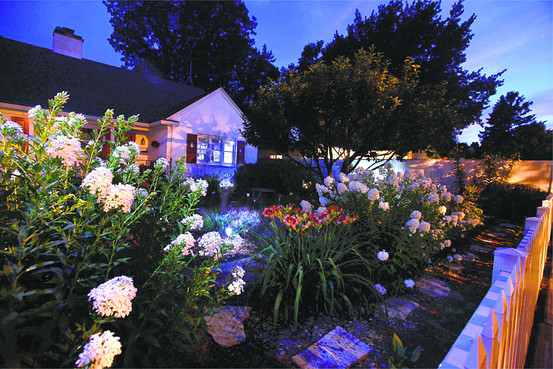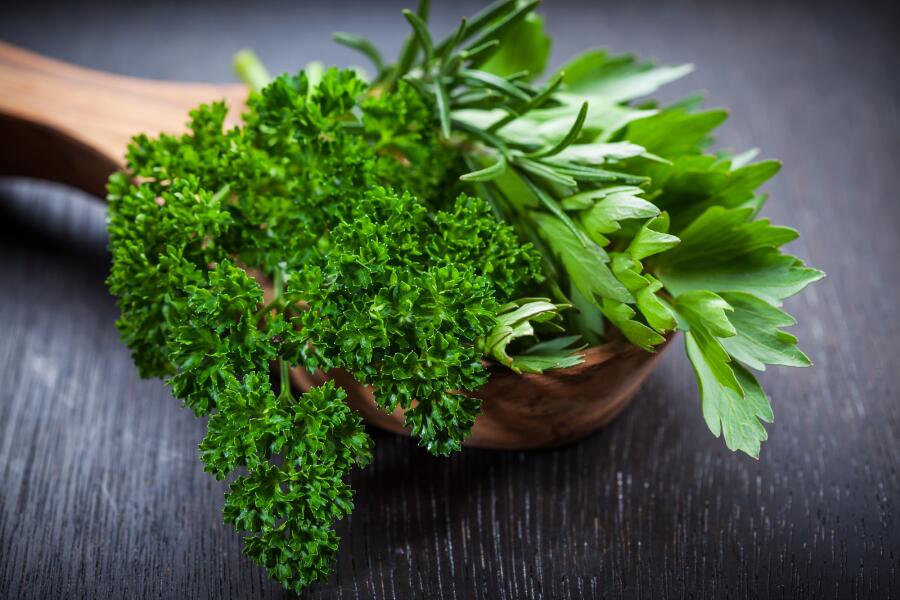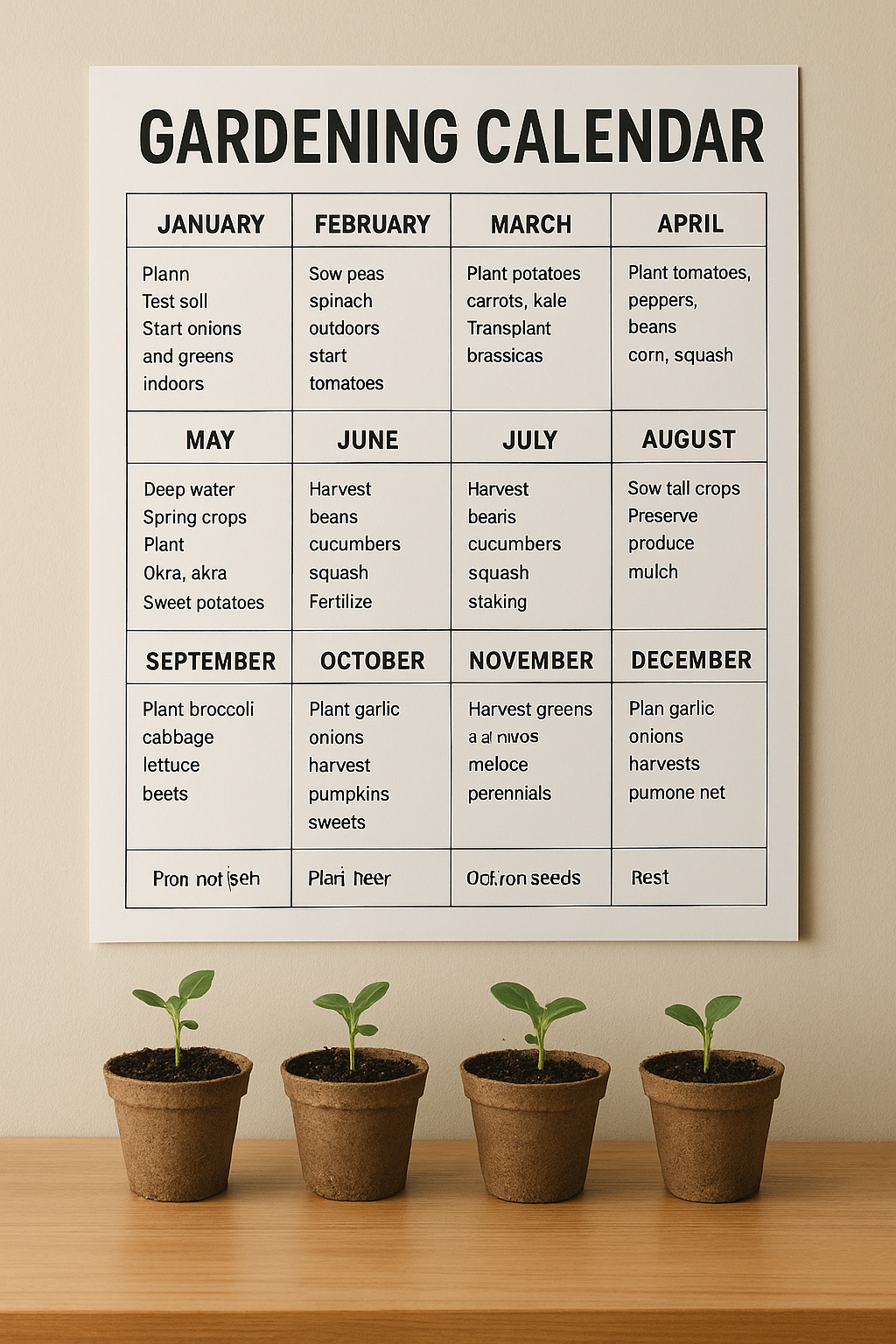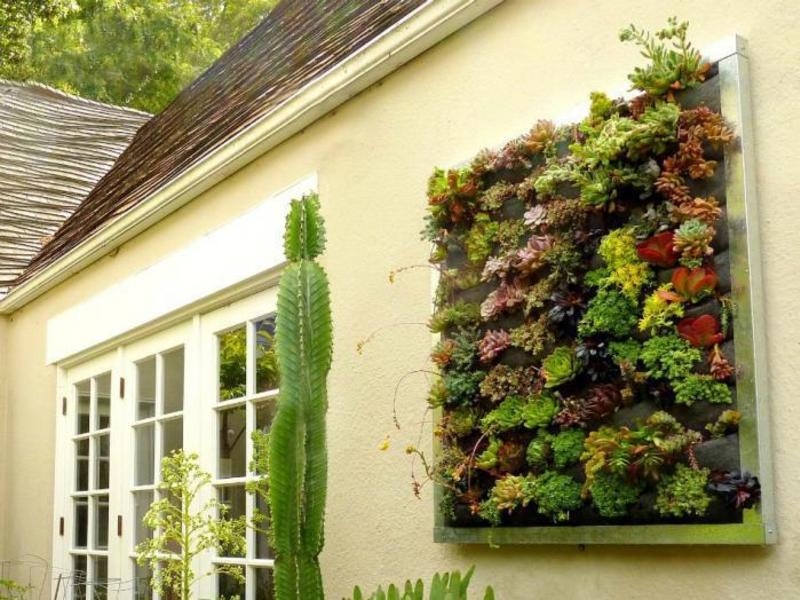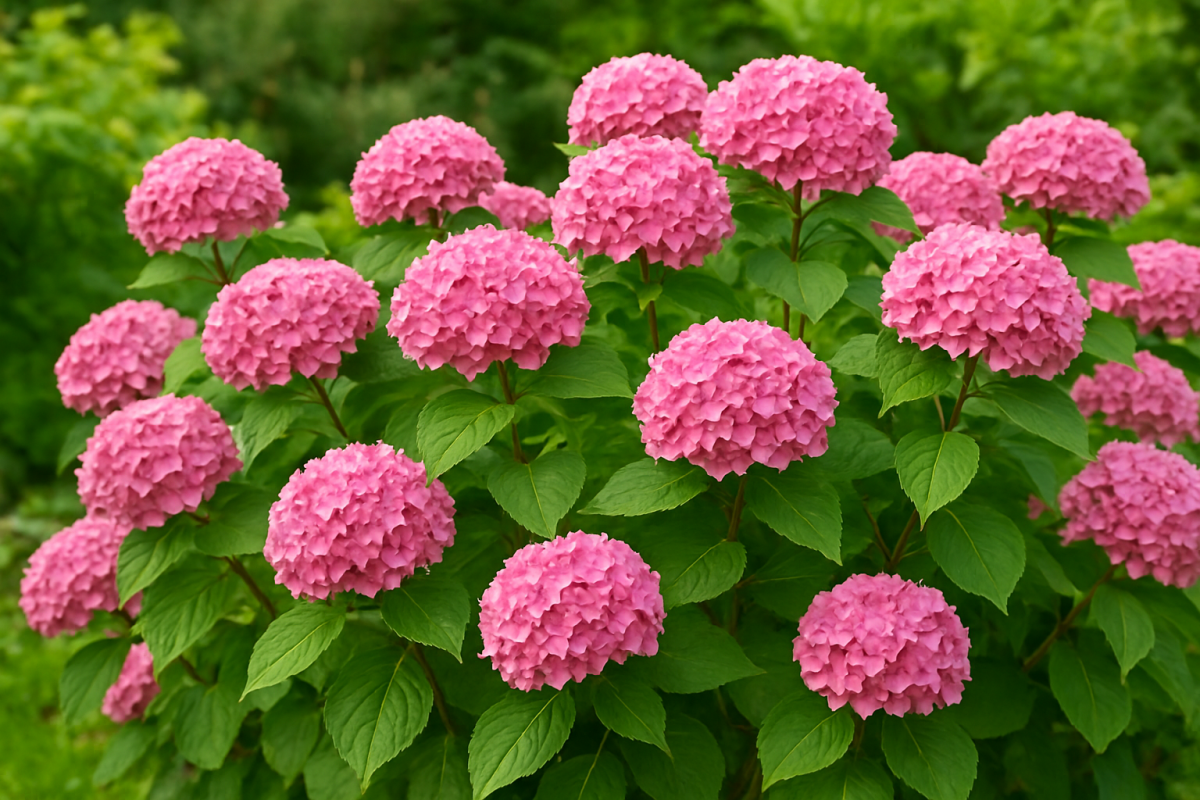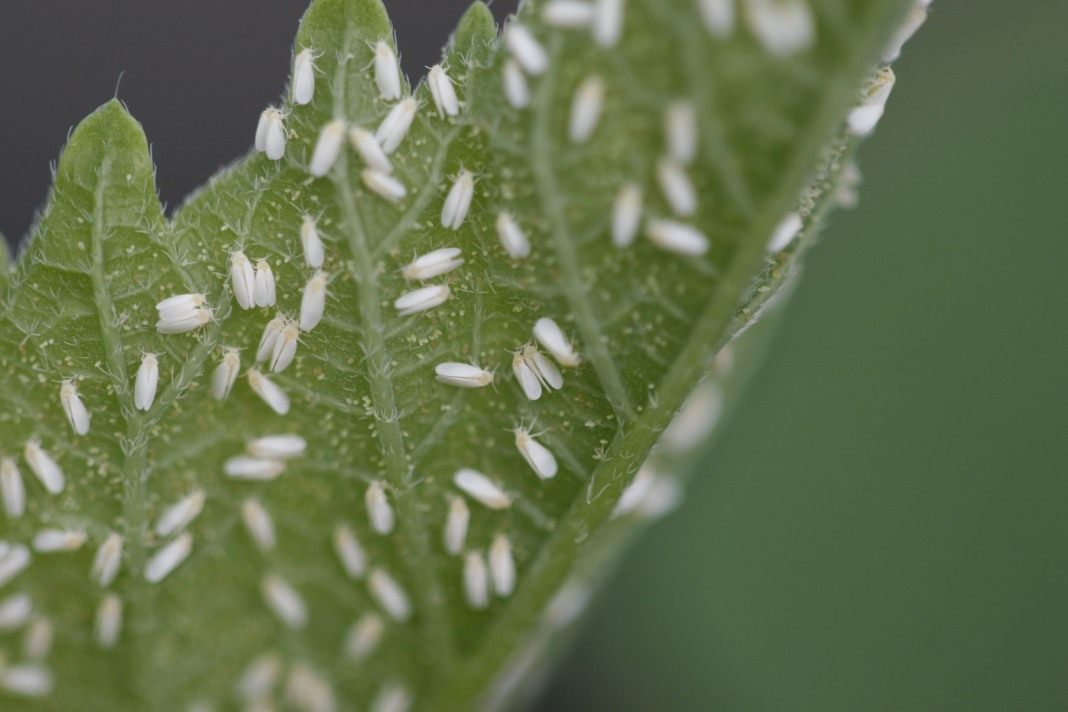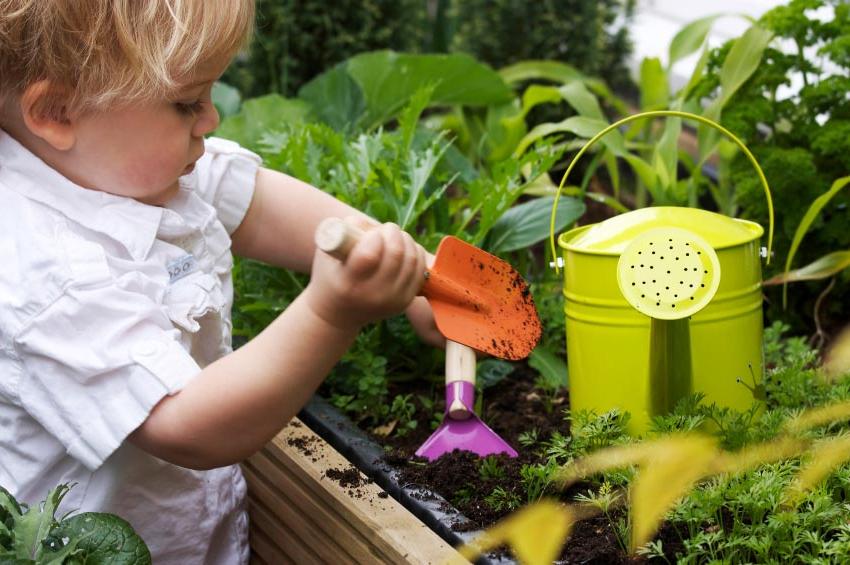There’s something magical about a garden at night. When daylight fades, the senses shift — sight gives way to scent, sound, and texture. The chatter of birds softens into the chorus of crickets; colors lose their sharpness, replaced by silvery shadows and moonlit glows. A well-designed night garden is not just a visual experience — it’s a sanctuary of calm, fragrance, and gentle luminosity that connects us to nature’s quieter rhythm.
Night gardens have a rich tradition. In many cultures, evening was a sacred time to rest and reflect. Ancient Persian courtyards used pale marble and water to reflect moonlight; Japanese gardens featured white gravel to capture the shimmer of dusk. Today, with modern lighting and a better understanding of plant chemistry, it’s easier than ever to design a garden that awakens after dark.
But to make a night garden truly come alive, you need to think beyond plants — you need to design with light, scent, and atmosphere.
Designing with Moonlight and Shadow
The first step in creating a night garden is learning to see your space the way moonlight does. In the evening, bright colors fade and cool tones dominate. This makes contrast and reflection essential design tools. Pale foliage, variegated leaves, and silvery or white flowers glow beautifully when kissed by lunar or artificial light.
Key principles for night garden design:
-
Play with reflection. Use water features, white stones, or light gravel paths to amplify ambient light. Even a small birdbath or glazed pot can reflect moonlight dramatically.
-
Layer your light sources. Avoid harsh spotlights. Instead, use low garden lanterns, path lighting, or soft uplights beneath foliage to mimic natural moonlight.
-
Think texture, not color. Fuzzy lamb’s ear, velvety sage, and feathery ornamental grasses catch subtle shadows that create movement even in dim light.
-
Embrace darkness. Not every corner needs illumination. Shadows create mystery and depth — essential for a truly atmospheric garden.
One trick many designers use is to take photos of the garden at twilight to identify where natural reflections fall. This helps plan lighting placement more organically, so it feels like the light is part of nature rather than added on top of it.

Plants that Glow, Fragrance that Blooms
The soul of a night garden lies in its plants — especially those that open or intensify their fragrance after sunset. Many nocturnal flowers evolved to attract night pollinators like moths or bats, using pale petals and strong scents as signals in the dark.
Below is a selection of plants ideal for creating a layered, multisensory nighttime experience:
| Category | Examples | Notable Features |
|---|---|---|
| White and Silver Flowers | Moonflower (Ipomoea alba), White Nicotiana, Evening Primrose | Open at dusk, strong fragrance, reflect moonlight |
| Foliage with Glow | Dusty Miller, Artemisia, Lamb’s Ear | Silvery leaves create shimmer even without flowers |
| Fragrant Shrubs | Night-blooming Jasmine, Mock Orange, Gardenia | Release perfume at night, ideal near seating areas |
| Tactile Plants | Sage, Fountain Grass, Ferns | Catch soft lighting and movement |
| Accents and Containers | White Petunias, Sweet Alyssum, Variegated Hosta | Compact, great for edges or pots |
To enhance this sensory palette, combine different bloom times so that your garden evolves through the seasons. For example, start spring with white tulips and daffodils, shift to summer’s jasmine and moonflowers, and end with autumn’s silvery artemisia or pale asters.
Fragrance layering is equally important. Mix light scents (like alyssum or lavender) with stronger ones (like gardenia or tuberose) to create balance. And remember: in cooler evening air, smells travel farther — so even a small planting can fill an entire patio.
Light as Art: Crafting Atmosphere and Emotion
Artificial light can make or break a night garden. The goal is not to flood the space but to sculpt it — to highlight structure, rhythm, and intimacy. Garden lighting should evoke emotion, not interrogation.
Here are a few lighting strategies that blend function with poetry:
-
Downlighting: Mount soft fixtures high in trees or pergolas to mimic moonlight filtering through leaves. This creates a gentle dappled pattern on the ground.
-
Uplighting: Place small lights beneath plants with dramatic forms — palms, ferns, or sculptural succulents — to emphasize texture and movement.
-
Path lighting: Guides the eye and ensures safety, but should remain subtle. Warm light tones (around 2700K) work best for comfort.
-
Candle and lantern zones: Introduce intimacy. Group lanterns or use LED candles on tables and steps for an inviting glow.
Water also plays a transformative role. A still pond mirrors the night sky; a trickling fountain reflects tiny light ripples. Consider adding floating solar lights or soft underwater illumination to accentuate motion.
For urban spaces like balconies or patios, string lights or small wall-mounted fixtures can simulate the rhythm of garden lighting without requiring an outdoor power system.

The Emotional Power of Night Gardens
A night garden is more than an aesthetic choice — it’s an emotional retreat. In a world of constant digital noise and artificial brightness, the calm of a dimly lit garden restores a natural balance. It encourages mindfulness and reflection, inviting families to step outside after dinner, talk quietly, or simply breathe in the cool night air.
There’s also a social dimension. Night gardens can transform ordinary gatherings into magical evenings — imagine a dinner party surrounded by soft fragrances and glowing petals, or a child’s bedtime story under the stars.
Psychologists have found that exposure to soft, rhythmic light and natural sounds at night can reduce anxiety and improve sleep quality. Gardening for nighttime pleasure, therefore, isn’t just decoration — it’s self-care through design.
The best night gardens evolve with their caretakers. Over time, you learn which scents soothe you, which lights feel too strong, which corners attract the most fireflies. It’s a living art form that deepens every season.
Final Thoughts
Designing a night garden is an act of slowing down — of rediscovering beauty in stillness. It’s a reminder that nature doesn’t end when the sun sets; it simply changes its language. Whether you have a wide backyard or a tiny balcony, a night garden can offer refuge, romance, and restoration.
Start small: one fragrant jasmine, one lantern, one quiet evening outside. Watch how quickly the darkness turns gentle, and how the world begins to glow again — softly, naturally, after sunset.
